Throughout the history of music, innovation has always been a driving force behind the evolution of art forms. Among the most intriguing movements in recent decades is the rise of underground music, a scene characterized by its authenticity, independence, and unique sound. This article delves into the fascinating journey of underground music innovations, exploring its origins, key characteristics, and the technological advancements that have shaped it. From the birth of independent artists to the latest trends in music production, we’ll uncover how underground music continues to redefine the boundaries of sound and creativity. Whether you’re a seasoned music enthusiast or new to the scene, this exploration will provide valuable insights into the vibrant world of underground music.
Key Takeaways
– Understanding the Distinction Between EDM and Underground Music: Learn about the unique production styles, community dynamics, and distribution methods that set these genres apart.
– The Evolution of EDM: Discover how Electronic Dance Music has transformed over decades, becoming a versatile and influential global phenomenon.
– The Rise of Underground Rave Music: Explore the subgenres, cultural significance, and the role of festivals in sustaining this vibrant, rebellious subculture.
– Notable Artists and Influential Festivals: Meet key figures like Carl Cox and Daft Punk, and learn about iconic events like Love Parade and Tomorrowland.
– How Digital Platforms Shape Music: Understand the impact of digital tools on both mainstream EDM and underground scenes, enabling global reach while preserving authenticity.
– Building Community Through Music: Experience the tight-knit atmosphere of underground raves, where shared discovery and raw energy foster unique connections.
– Adoption of Technology in Music Production: Examine how mainstream EDM embraces cutting-edge tools versus the purist approach of underground artists.
– Balancing Act: Commercial Success vs. Underground Passion: Compare the goals of mainstream success with the dedication to authenticity in the underground scene.
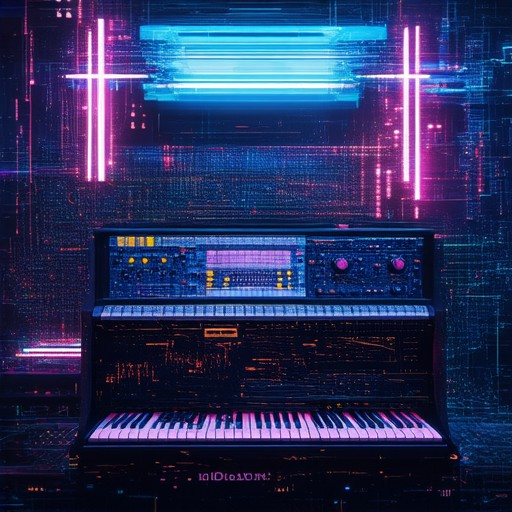
Who Invented Underground Music?
Underground music is a genre characterized by its independent and non-mainstream nature. The origins of underground music can be traced back to the mid-1960s, emerging from the countercultural movements of that era. Among the most influential acts associated with the underground rock movement were:
- The Fugs : Often considered one of the first underground rock groups, The Fugs blended folk and psychedelic rock. Their innovative sound and anti-establishment lyrics set the stage for the underground movement.
- The Velvet Underground : Known for their experimental approach, The Velvet Underground was another pioneer of underground rock. Members like Lou Reed and John Cale were instrumental in shaping the genre.
- The Mothers of Invention : Led by Frank Zappa, The Mothers of Invention brought an avant-garde style to underground music, pushing boundaries with their unique blend of rock, jazz, and experimental sounds.
- The Grateful Dead : Although they later achieved mainstream success, their early work in the late 1960s was firmly rooted in the underground scene, influencing many musicians with their extended jam sessions and psychedelic explorations.
These bands laid the foundation for what would become a vibrant and diverse subculture, fostering creativity and challenging traditional norms in music.
What Makes a Music Artist Underground?
An underground music artist is typically defined by their independence from mainstream systems and structures. Here are the key characteristics that set them apart:
- Distribution Channels : Underground artists often bypass traditional record label distribution, instead releasing music through independent platforms, digital stores, or self-releases. This lack of mainstream distribution limits their reach but allows them to maintain creative control.
- Audience Niche : Underground artists tend to attract dedicated, passionate fans within specific subcultures or genres. Their appeal is often hyper-targeted, such as niche genres like indie, lo-fi, or experimental music, which may not resonate with a broader audience.
- Production Quality : While not necessarily lower quality, underground music can vary widely. Some artists produce polished work, while others embrace a raw, DIY aesthetic. The focus is often on authenticity and uniqueness rather than conventional production standards.
- Grassroots Promotion : Underground artists commonly rely on grassroots methods to promote their music, such as performances at local venues, social media engagement, and building a loyal fanbase. They may also utilize crowdfunding platforms to fund projects.
- Lack of Mainstream Recognition : Underground artists rarely achieve mainstream popularity or airplay. Their success often lies in cult followings or resonance within specific communities rather than widespread commercial success.
- Cultural Impact : While not always as influential as mainstream artists, underground musicians can have a profound impact on subcultural movements and inspire fellow creators. Their work frequently reflects personal journeys and unique perspectives.
By operating outside traditional systems and connecting deeply with their audiences, underground artists carve out their own spaces in the music landscape, often fostering a sense of community and authenticity.
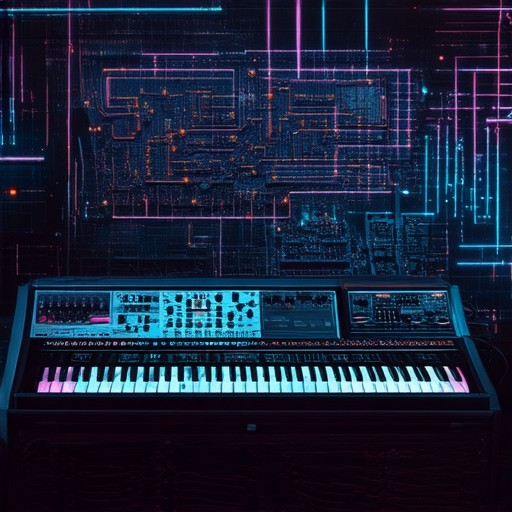
Innovations in Music Production
Music production has undergone significant transformations over the years, driven by technological advancements, evolving genres, and creative experimentation. Here are some key innovations that have shaped the landscape of modern music production:
Technological Advancements
The integration of digital tools has revolutionized music creation. Digital Audio Workstations (DAWs) like Ableton Live, Logic Pro X, and FL Studio have become essential tools for producers. These platforms offer extensive recording, mixing, and mastering capabilities, enabling artists to experiment with sounds and create complex arrangements.
- Digital Sampling: Artists can now easily sample snippets of audio from various sources, allowing for endless creative possibilities in music production.
- Virtual Instruments: From virtual synthesizers to drum machines, software instruments have replaced traditional hardware, offering unprecedented flexibility and customization.
- Plug-ins and Effects: The rise of virtual effects and plug-ins has expanded the palette of sounds available to producers, enabling intricate sound design and effects processing.
New Genres and Subgenres
Music production has been influenced by the emergence of new genres and subgenres, which have pushed boundaries and introduced innovative techniques. One notable example is the rise of lo-fi beats, which have gained popularity due to their raw, analogue-inspired sound.
- Lo-Fi Beats: Characterized by warm, analog-style synths and heavy basslines, lo-fi beats have become a staple in modern music production, particularly in hip-hop and electronic genres.
- Experimental Sound Design: Artists are increasingly pushing the limits of sound design, creating unique textures and atmospheres that defy conventional music production norms.
- Hyperpop and Future Beats: These genres rely heavily on cutting-edge production techniques, including massive bass drops, intricate layering, and the use of advanced DAW features.
Collaborative Production Tools
Modern music production tools have embraced collaboration, allowing artists to work together remotely. This trend has been further accelerated by the rise of cloud-based DAWs and real-time collaboration platforms.
- Ableton Live’s Session View: Enables real-time collaboration, allowing multiple artists to work on the same project simultaneously from different locations.
- Logic Pro X’s Track Changes: Provides a robust system for version control, making it easier for collaborators to work on shared projects.
- Splice: A cloud-based platform that allows producers to share and collaborate on music projects in real-time, with built-in tools for commenting and feedback.
AI and Machine Learning in Production
Artificial intelligence is beginning to play a role in music production, offering tools for automation, sound design, and mixing. While still in its early stages, AI is showing potential in streamlining the production process and introducing new creative possibilities.
- AI Mastering: Services like Landr and Ophelia use machine learning algorithms to automatically master tracks, providing professional-quality results with minimal human intervention.
- AI Drum Programming: Tools like AIVA can generate custom drum patterns based on the user’s input, saving time and offering fresh ideas for rhythm sections.
- AI Synthesis: Platforms like Hexa are experimenting with AI-driven synthesis, creating unique and complex sounds that would be difficult to achieve with traditional methods.
Sustainability and Eco-Friendly Practices
As the environmental impact of music production becomes a growing concern, artists and producers are adopting eco-friendly practices to reduce their carbon footprint. This includes minimizing waste, using renewable energy, and exploring sustainable production methods.
- Eco-Friendly Studios: Some studios are transitioning to solar power and reducing their reliance on non-renewable energy sources.
- Reducing Waste: Many producers are now using recycled materials and minimizing the use of plastic in studio equipment and packaging.
- Carbon Offsetting: Some artists are offsetting their production-related emissions by supporting carbon reduction initiatives through organizations like Carbonfund.org.
Global Collaboration and Cultural Fusion
Music production has become a global endeavor, with artists drawing inspiration from diverse cultures and traditions. This has led to a rich tapestry of sounds that reflect the world’s musical diversity.
- Brazilian Beat: The influence of Brazilian music, particularly bossa nova and samba, can be heard in everything from jazz to electronic music.
- Indian Classical Music: The use of sitar and tabla in contemporary productions has added a unique flavor to global music.
- African Rhythms: The deep-rooted rhythms of African music continue to shape genres like hip-hop and electronic dance music.
By embracing these innovations, music producers are constantly pushing the boundaries of creativity and sound, resulting in a vibrant and evolving landscape of musical artistry.
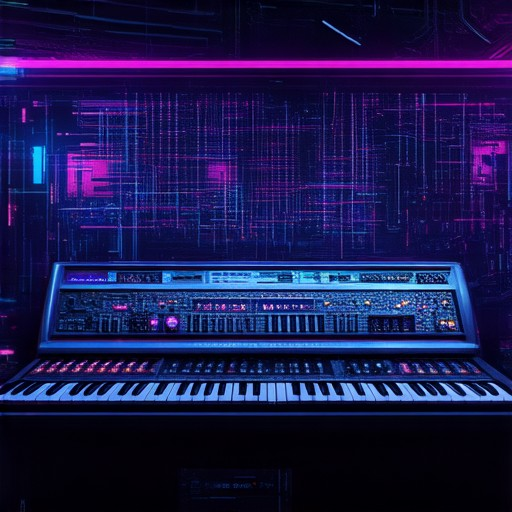
Understanding the Difference Between EDM and Underground Music
EDM (Electronic Dance Music) and Underground Music are two distinct subcultures within the music industry, each with its own unique style, community, and approach to music creation and distribution. While they share common roots in electronic music, their differences lie in their focus, production, and audience appeal.
Key Differences
- Production and Sound Exploration: – Underground EDM often prioritizes experimentation and boundary-pushing sounds. Artists frequently explore uncharted territories, blending genres like Jazz, Funk, and Experimental Music to create something entirely new. – Mainstream EDM , on the other hand, tends to focus on accessibility and familiarity. Its productions are often polished, melodic, and designed to appeal to a broad audience.
- Community and Scene: – The underground scene is typically closer-knit and more focused on niche audiences. It thrives in smaller, intimate settings and often revolves around a strong sense of community and shared values. – Mainstream EDM, while still popular, is associated with larger festivals and events that cater to mass appeal, often featuring well-known artists and brands.
- Distribution and Platforms: – Underground music often relies on independent promoters and DIY ethos, utilizing platforms like Bandcamp, SoundCloud, and local radio stations to reach fans. – Mainstream EDM benefits from established labels, large-scale promotions, and widespread distribution through major streaming platforms and festivals.
- Cultural Impact: – Underground EDM has historically been a haven for marginalized voices and experimental ideas, often challenging traditional norms and fostering creativity. – Mainstream EDM, while influential, is more aligned with consumer trends and market demands, often incorporating elements of pop, rock, and other mainstream genres.
- Subgenres and Styles: – Underground EDM encompasses a wide range of subgenres, including Techno, House, Trance, Drum & Bass, and Minimalism, often with a focus on hypnotic rhythms and immersive soundscapes. – Mainstream EDM tends to lean toward more danceable and commercially viable styles, such as Progressive House, Deep House, and Eurodance, which are often tied to specific artists or brands.
- Artist Collaborations and Scene Influence: – Underground artists often collaborate closely with like-minded peers, creating a sense of collective progress and innovation. – Mainstream EDM artists frequently work with high-profile collaborators and are influenced by broader cultural trends, resulting in music that resonates widely beyond the underground scene.
- Event Culture: – Underground EDM events are often characterized by smaller, intimate gatherings and a focus on the experience rather than commercial success. – Mainstream EDM events, such as massive festivals like Tomorrowland and Love Parade, are known for their grand scale and ability to attract thousands of attendees worldwide.
- Technological Adoption: – Underground artists sometimes adopt technology slower, focusing on the purity of sound and live performances. – Mainstream EDM artists and producers often embrace the latest technological advancements, leveraging tools like AI and automated mixes to create polished tracks.
- Commercial Success and Audience Appeal: – Underground EDM may not achieve mainstream success, but it has a dedicated and passionate fanbase that values authenticity and innovation. – Mainstream EDM is designed with commercial success in mind, targeting audiences who enjoy accessible, energetic, and emotionally resonant music.
Notable Artists and Festivals
– Underground EDM: Aphex Twin, Carl Cox, Richie Hawtin, Moby, and The Chemical Brothers are notable figures in the underground scene.- Mainstream EDM: David Guetta, Swedish House Mafia, Tiësto, and Avicii have achieved widespread popularity and commercial success.- Festivals: – Love Parade (underground tech-no event) – Tomorrowland (mainstream EDM festival)
The Impact of Digital Platforms
Both genres have benefited from the rise of digital platforms, allowing underground artists to reach global audiences while maintaining their independence. However, mainstream EDM continues to dominate streaming charts and drive ticket sales at major events.
Conclusion
While EDM and Underground Music share a love for electronic beats, their approaches to music, community, and commercial success set them apart. Understanding these distinctions helps fans and creators alike appreciate the diversity of electronic music and its role in shaping modern culture.
What is EDM Called Now?
EDM, or Electronic Dance Music, is the modern name for a genre that has evolved significantly since its inception in the 1980s. While the industry has attempted to define it as a specific brand, EDM continues to serve as an umbrella term for a wide range of subgenres, including house, techno, trance, electro, and many others. These subgenres have deep roots in music history, predating the creation of the EDM acronym.
The term EDM was coined to encompass the growing popularity of electronic music, blending influences from disco, synth-pop, and punk rock. Over time, EDM has become a global phenomenon, influencing pop culture, fashion, and even mainstream media. Its versatility allows it to adapt to various musical styles, making it a dynamic and evolving genre.
EDM is celebrated for its energetic beats, hypnotic melodies, and immersive experiences. It has spawned iconic festivals like Tomorrowland and Ultra, and its artists have redefined music production techniques. Despite efforts to establish a singular identity, EDM remains a diverse and inclusive category that continues to push boundaries and inspire new generations of musicians.
Today, EDM is more than just a genre—it’s a lifestyle, a cultural movement, and a reflection of our times. Its enduring appeal ensures that it will remain a prominent force in the world of music for years to come.
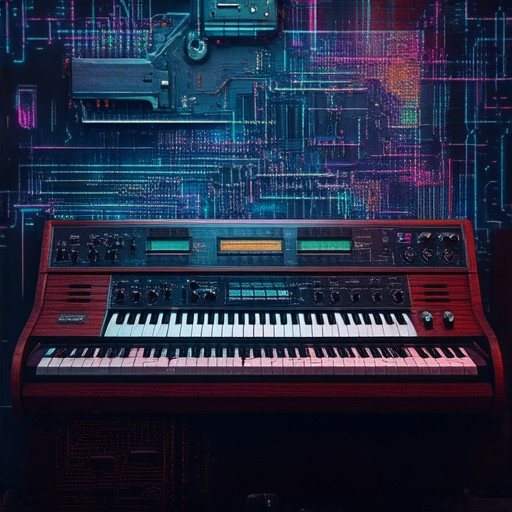
Underground Rave Music
Underground rave music refers to a vibrant and eclectic subculture within the broader electronic dance music scene. This style is characterized by its association with illegal or unauthorized parties, often held in unconventional venues such as warehouses, forests, or abandoned buildings. These events are typically organized by promoters who book anonymous or lesser-known DJs, creating a sense of exclusivity and rebellion.
History and Evolution
The roots of underground rave culture can be traced back to the early 1990s, emerging alongside the rise of electronic dance music. During this era, DJs began experimenting with various sub-genres, including drum and bass, techno, house, and alternative dance. The lack of mainstream recognition and the illicit nature of these gatherings contributed to the development of a loyal and passionate fanbase.
Subgenres and Styles
- Drum and Bass: Known for its fast-paced rhythms and heavy basslines, this genre gained popularity among UK ravers in the mid-90s.
- Techno: A driving force behind the underground scene, techno emphasizes hypnotic beats and modular synths.
- House: With its infectious grooves and repetitive loops, house music remains a staple at underground raves.
- Trap: Combining elements of hip-hop and electronic music, trap has become a popular choice for ravers seeking high-energy tracks.
Notable Artists and Festivals
Some of the most influential names in underground rave music include artists like Daft Punk , Carl Cox , and Paul van Dyk . Festivals such as Love Parade and Rainbow Serpent Festival have historically been hubs for underground raves, attracting thousands of attendees annually.
Culture and Community
Underground raves foster a strong sense of community among attendees. The shared experience of discovering hidden locations and embracing the raw energy of the music creates a unique bond among participants. Promoters often play a crucial role, curating events that reflect the diverse tastes of the audience.
Conclusion
Underground rave music continues to thrive as a testament to the enduring appeal of electronic dance culture. Its grassroots origins and rebellious spirit make it a cornerstone of modern music subcultures, resonating with audiences worldwide who seek authentic and unfiltered experiences.

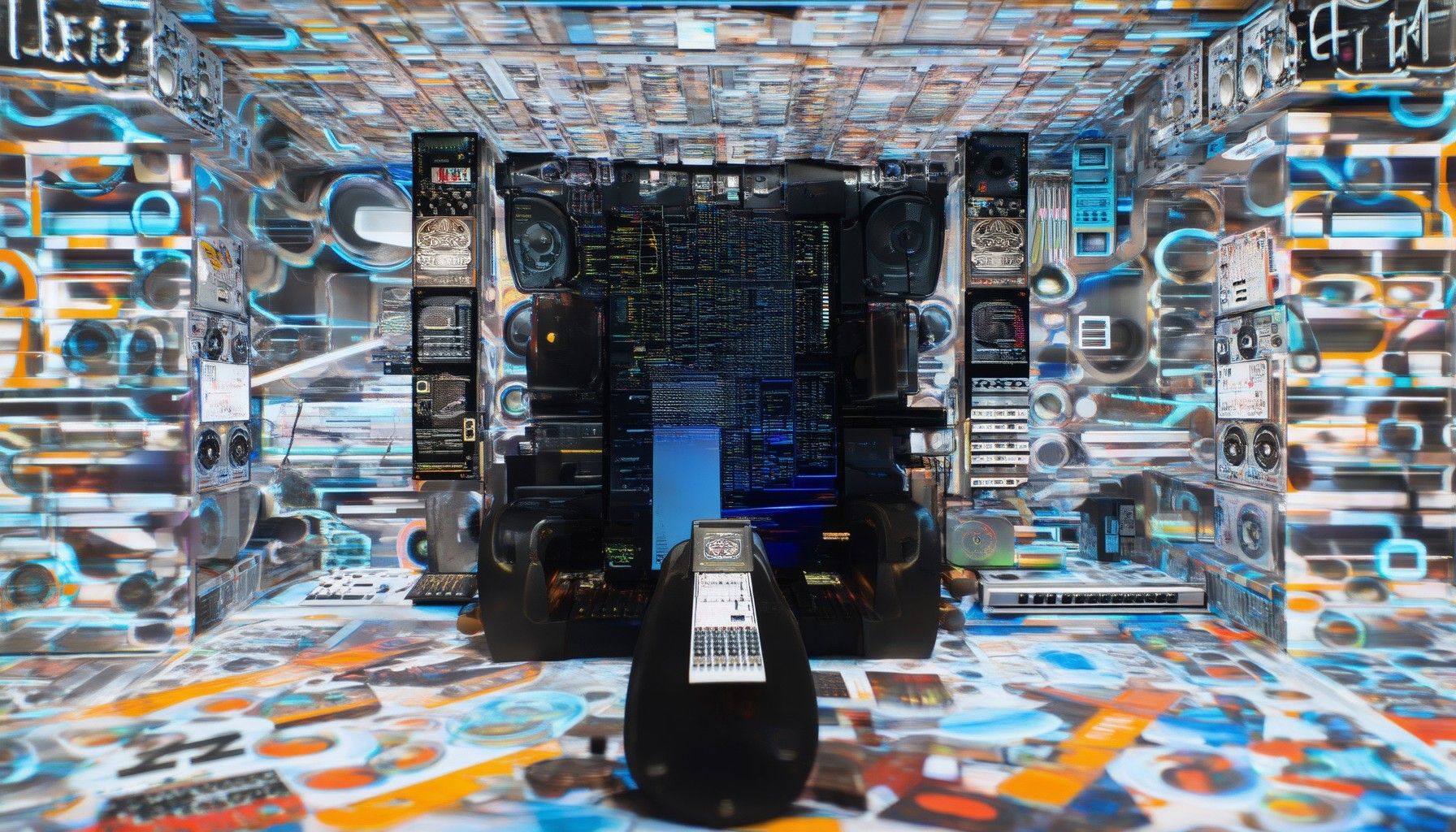
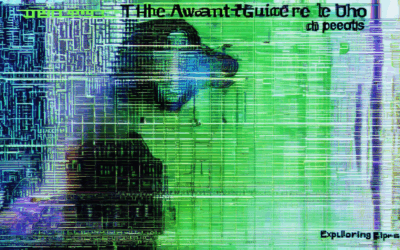
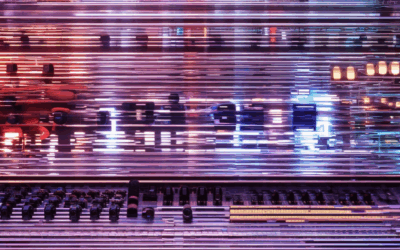

0 Comments